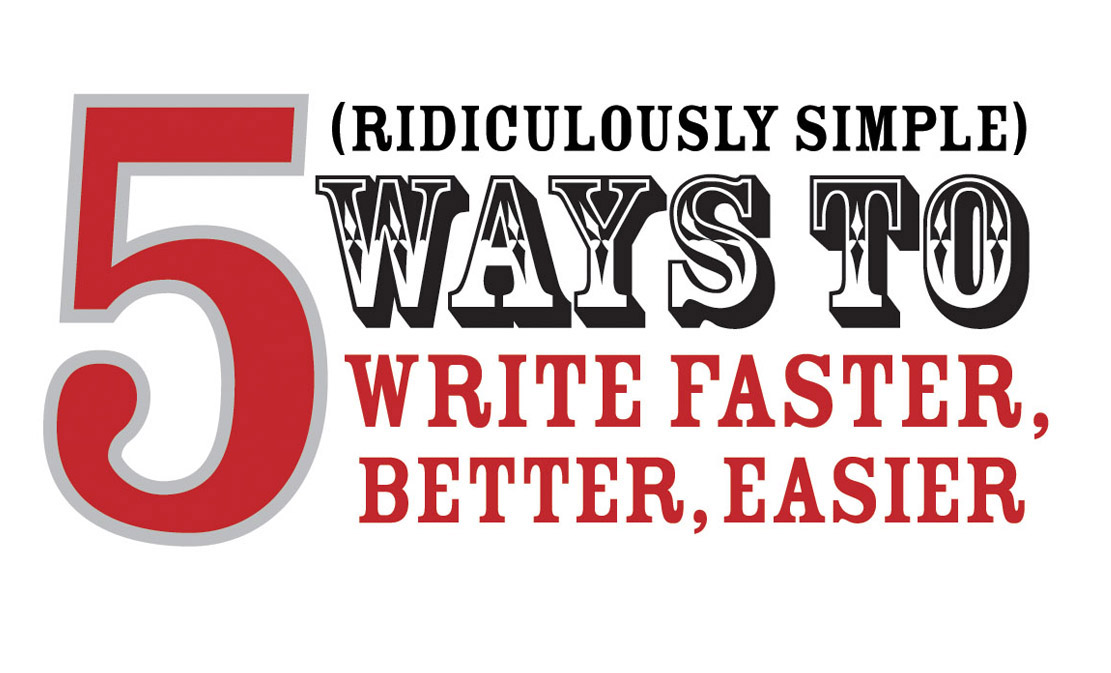
In the previous post, we looked at Master Storyteller Steve Denning's basic framework for the springboard story along with an example of a springboard story.
This post will examine the three characteristics of a springboard story and the ten steps you need to craft your own springboard story.
Three Characteristics of a Springboard Story
Here is the underlying narrative pattern of a springboard story:
1. It is true. Your story actually happened and is factual.
2. It has a happy ending. Sparking action from someone requires the story to be positive and to end joyously; it needs to create a mild sense of euphoria.
3. It is minimalist in form. Details of the story are not mentioned on purpose...less is more.
10 Steps to Craft a Springboard Story
1. Get clear on your purpose. What is the change you are trying to spark?
2. Find a similar story. Discover a case where a similar change has already happened.
3. Tell the story from a single perspective. A single individual or a single hero is more meaningful than a company, team or group.
4. Give the date and the place where the story happened. This tells the listener the story is true and actually happened.
5. Embody the change idea completely in your story.
6. Extrapolate the story to embody the change idea.
7. Share how things are usually done. This creates a sharp distinction with the future you are trying to create. What would have happened without the change idea?
8. Edit, edit, edit! Strip the story of unnecessary details.
9. Have a happy ending. Provide your story with a happy conclusion.
10. Invite the audience to imagine a new world. Do this by creating an image in their head and ask, “Just imagine if we…” “Just think if our…”
Want to Learn More?
There you have it. While these ten steps seem easy, it takes a lot of time to craft a springboard story so it feels right. If this process is intriguing to you, I encourage you to check out Steve’s book, The Springboard, to fully embrace and understand these concepts.
My Attempt at a Springboard Story
I thought it would be fun to share a springboard story I recently wrote. Steve Denning is right: it takes time and patience to get your story just so. I took a real case story and extrapolated it to other organizations.
"In the winter of 2006, a human resource manager produced a short documentary to attract qualified employees for the company and discovered a unique way to hire and retain qualified employees.
This was not Hollywood. This was a small town in Connecticut. The human resource director was not an expert in filmmaking but an expert in organizational management. This division never produced a video before; however, the division knew it had something special to share with others who were eager to work there.
But the most important part of this picture for other organizations is this: they are, in fact, not in the picture. Many organizations do not have an engaging and thought-provoking video to attract, recruit and hire outstanding employees.
But imagine if they did. Just think how many extraordinary people would work at their organization.”
What Do You Think?
How did I do? Did I incorporate the characteristics and 10 steps of a springboard story? Can it be better?
---Tom
 Simplify Complex Ideas Using Springboard Stories Pt 2
Simplify Complex Ideas Using Springboard Stories Pt 2
(photo)
 Tuesday, July 17, 2007 at 10:34AM
Tuesday, July 17, 2007 at 10:34AM 








